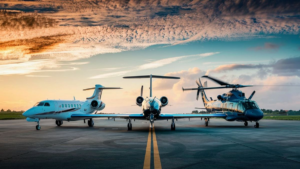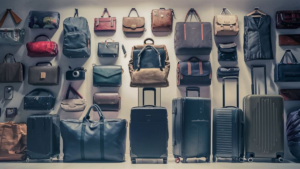Traveling with plants can add a touch of home to your journey or be essential for various reasons, such as gifting or relocating. However, when it comes to bringing plants on a plane, there are several factors to consider to ensure compliance with airline regulations and international plant health standards.
Understanding Airline Policies
Before packing your beloved greenery for your flight, it’s crucial to familiarize yourself with the specific policies of the airline you’ll be traveling with. Each airline may have its own rules and restrictions regarding the transportation of plants, including species limitations, size restrictions, and packaging requirements.
International Regulations
When crossing international borders, you’ll need to adhere to both airline regulations and the plant health regulations of the departure and destination countries. Many countries have strict guidelines in place to prevent the spread of pests and diseases through plants, which may prohibit the importation of certain plant species or require special permits and inspections.
Types of Plants
Not all plants are created equal when it comes to air travel. Some plants are more resilient and better suited for the journey, while others may struggle to survive the stresses of air travel. Consider the type of plant you wish to bring, its size, fragility, and adaptability to changes in temperature and humidity.
Packaging and Transportation
Proper packaging is essential to protect both your plants and your fellow passengers during transit. Plants should be securely packed to prevent soil spillage and damage to leaves and stems. Consider using plastic bags, containers, or specialized plant transportation boxes to contain soil and moisture.
Additionally, it’s crucial to ensure that your plants receive adequate airflow during the journey to prevent suffocation and mold growth. Avoid sealing plants in airtight containers or plastic bags for extended periods.
Check with Authorities
Before embarking on your journey, check with the relevant authorities, such as the Department of Agriculture or Customs and Border Protection, to verify any additional requirements or restrictions for transporting plants. Failure to comply with these regulations could result in fines, confiscation of plants, or even legal consequences.
Alternative Options
If transporting live plants proves to be too complex or risky, consider alternative options such as bringing seeds, cuttings, or artificial plants that mimic the appearance of live ones. These alternatives can offer the same aesthetic appeal without the logistical challenges of transporting live vegetation.
Traveling with plants can be a rewarding experience, but it requires careful planning and adherence to regulations to ensure a smooth journey for both you and your leafy companions. By understanding airline policies, international regulations, and proper packaging techniques, you can enjoy the company of your plants wherever your travels may take you.
ntly Asked Questions
Are there any restrictions on bringing seeds on a plane?
When it comes to transporting seeds on a plane, it’s essential to check both airline policies and international regulations. While some seeds may be allowed for personal use, others may be subject to agricultural restrictions or require special permits for importation. Always verify the rules beforehand to avoid any issues at the airport.
Can I bring soil with my plants on a plane?
Bringing soil on a plane can be problematic due to concerns about pests and diseases. Many airlines and countries have restrictions on soil transport to prevent the spread of agricultural pests. It’s generally advisable to use soil-free alternatives such as soilless mixtures or to ensure that soil is securely contained and packaged to prevent spillage.
Are there any specific requirements for transporting bonsai trees on a plane?
Transporting bonsai trees requires extra care due to their delicate nature. Airlines may have size restrictions for carry-on items, so it’s advisable to check whether your bonsai meets these requirements. Additionally, ensure that the bonsai is properly pruned and secured to prevent damage during transit. Consider contacting the airline in advance to inquire about any specific guidelines for transporting bonsai trees.
| Topic | Summary |
|---|---|
| Seeds on a plane | Check airline policies and international regulations regarding seeds transportation. |
| Soil with plants | Avoid bringing soil due to pest and disease concerns; use soilless mixtures if necessary. |
| Bonsai trees | Ensure compliance with airline size restrictions and secure the bonsai properly for transit. |
See also:






